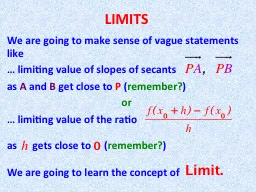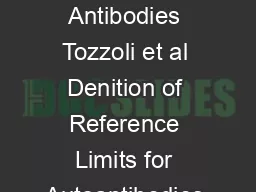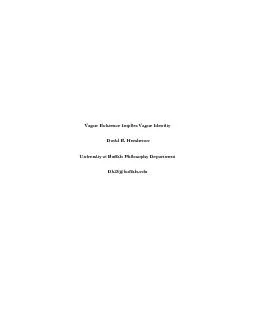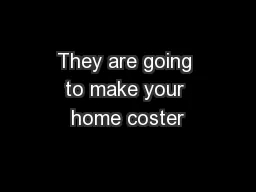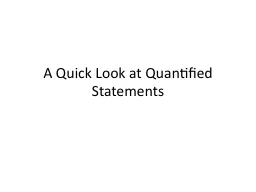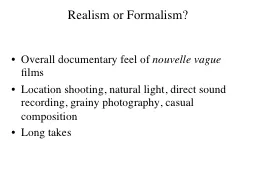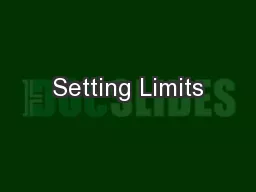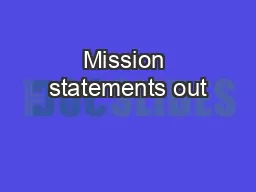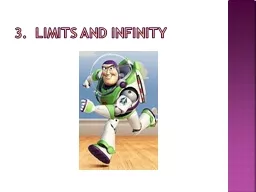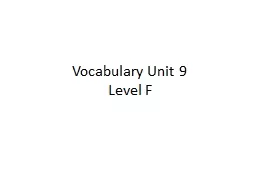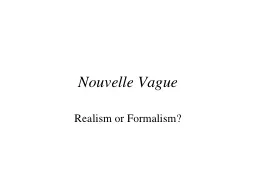PPT-LIMITS We are going to make sense of vague statements like
Author : bobradio | Published Date : 2020-06-18
limiting value of slopes of secants a s A and B get close to P remember or limiting value of the ratio a s gets close to remember We are going to learn
Presentation Embed Code
Download Presentation
Download Presentation The PPT/PDF document "LIMITS We are going to make sense of vag..." is the property of its rightful owner. Permission is granted to download and print the materials on this website for personal, non-commercial use only, and to display it on your personal computer provided you do not modify the materials and that you retain all copyright notices contained in the materials. By downloading content from our website, you accept the terms of this agreement.
LIMITS We are going to make sense of vague statements like: Transcript
Download Rules Of Document
"LIMITS We are going to make sense of vague statements like"The content belongs to its owner. You may download and print it for personal use, without modification, and keep all copyright notices. By downloading, you agree to these terms.
Related Documents

